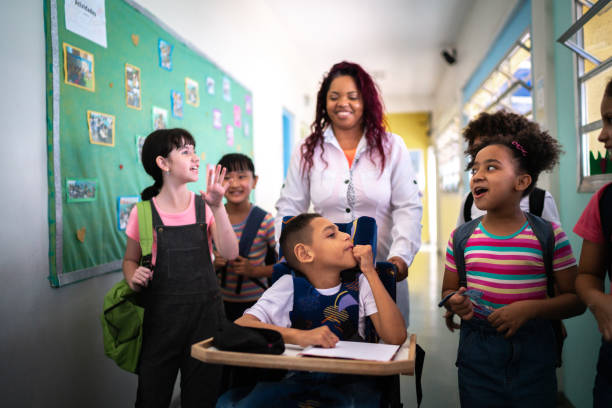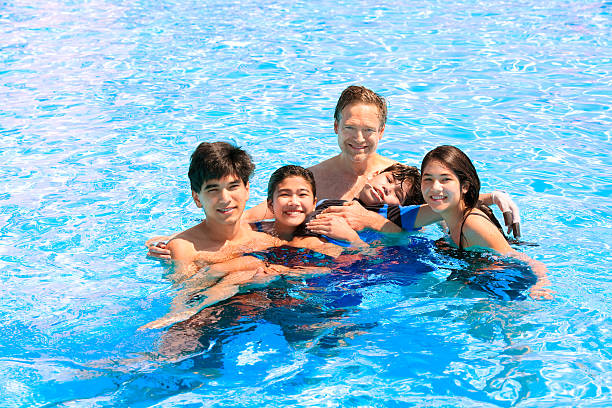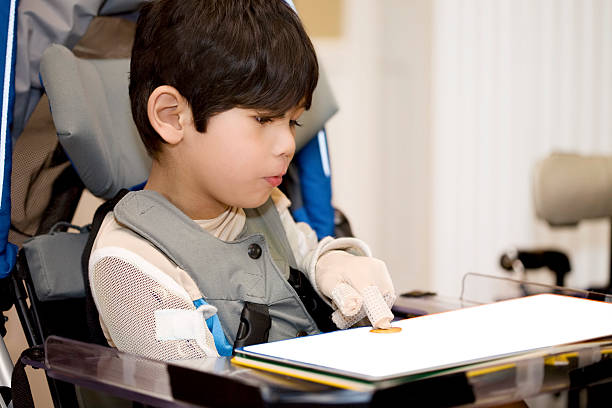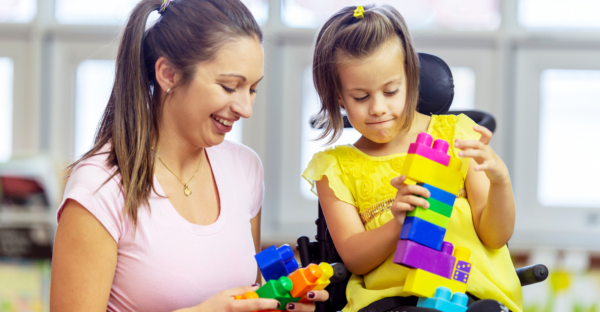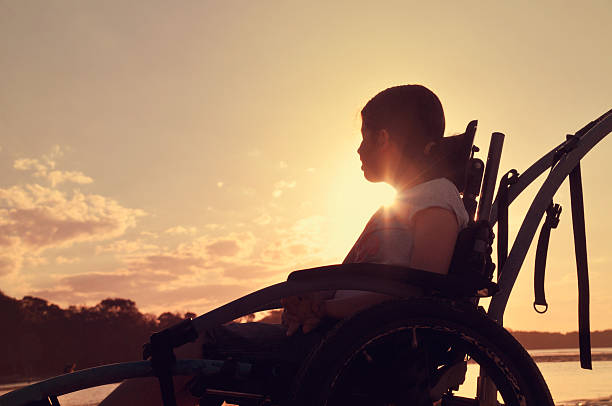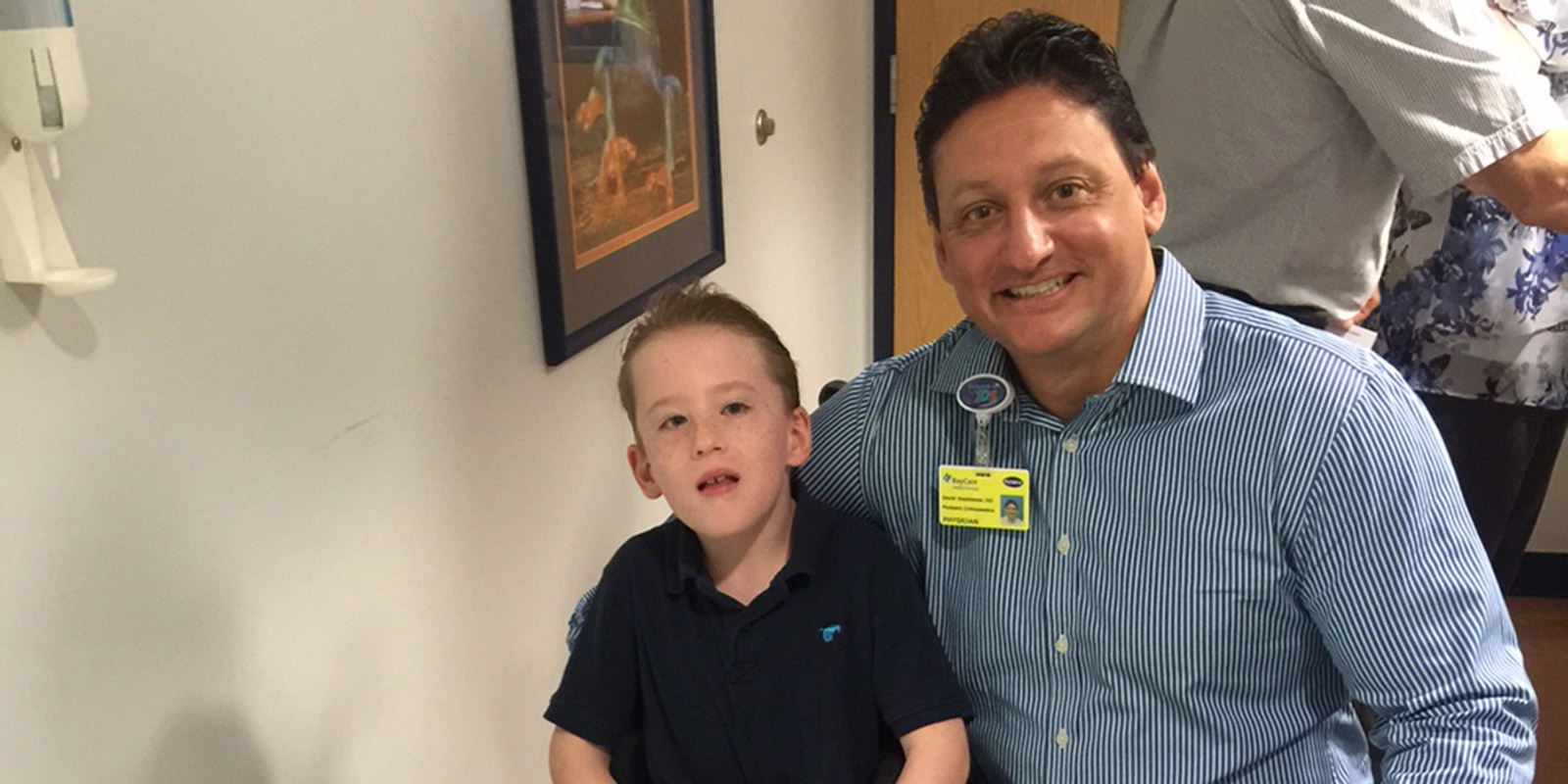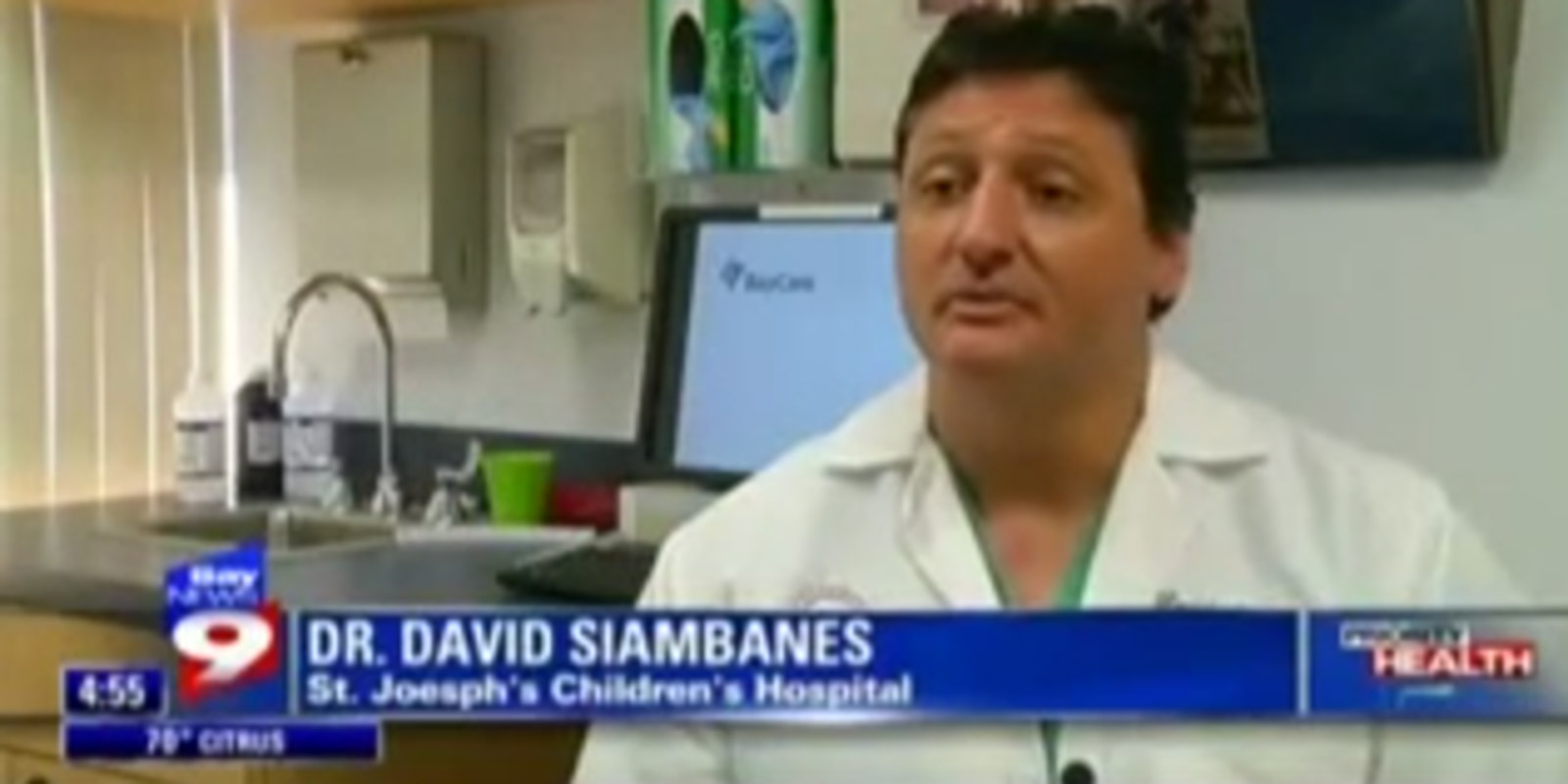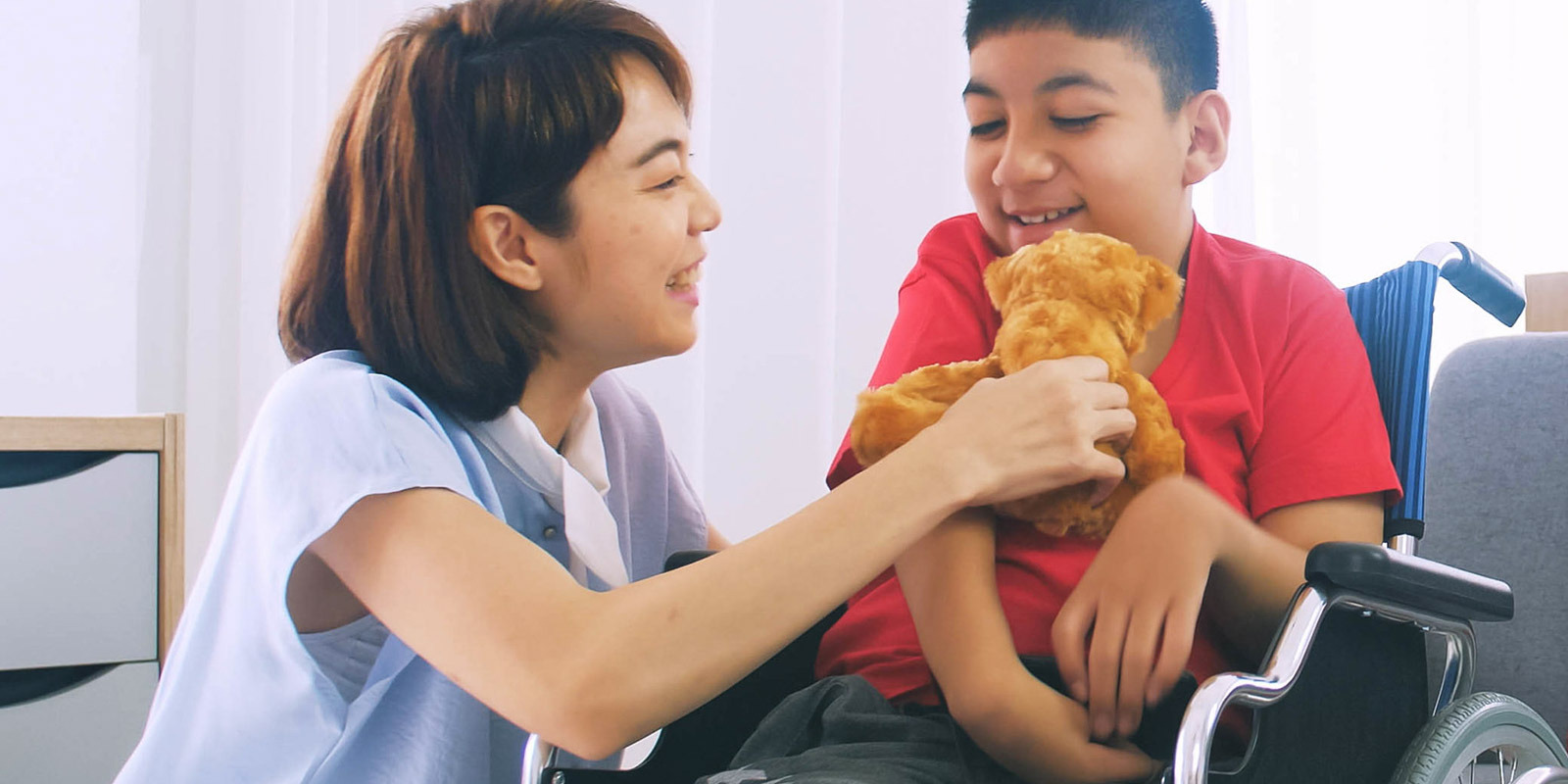With the gift-giving season on the horizon, you might be wondering what types of gifts to purchase for children with Cerebral Palsy.
The Children’s Cerebral Palsy Treatment Center has plenty of answers for all of your gift-giving questions.
Like any gift, it is important that the gift you give to a child with Cerebral Palsy is age-appropriate, matches the child’s developmental stage, and is something that matches the child’s interest. So, if a child for whom you are buying a gift likes animals, get them something related to animals.
Gifts ideas for children with Cerebral Palsy include:
- Fidget toys that might help strengthen grip
- Fold and Go trampolines that might help improve balance and leg strength
- Find a trampoline with a safety rail for extra security.
- An indoor therapy swing that might help with balance, muscle building, and fine motor skill development
- Magnetic building blocks, which are a substitute for building block toys that make building easier for children with a lack of fine motor skills
- Flashcard games for children with special needs
- A common flashcard game for children with Cerebral Palsy is Feelings in a Flash, which teaches children to identify their emotions and increases their emotional intelligence
- It is important for children with Cerebral Palsy to socialize, so any gifts that encourage socialization
There are some gifts that we should avoid purchasing for children with Cerebral Palsy.
Gifts that overstimulate the child, particularly if the child has a sensitivity to bright lights or loud noises, should be avoided.
So should toys that require fine motor skills, which the child may not have. Such toys can be frustrating for a child with Cerebral Palsy, and they might not get enjoyment out of playing with a toy that requires such motor skills.
It may take a little bit of extra care, but you can brighten a child’s holiday season with the right gift.
The team at the Children’s Cerebral Palsy Treatment Center wishes you and yours a joyous holiday season!




